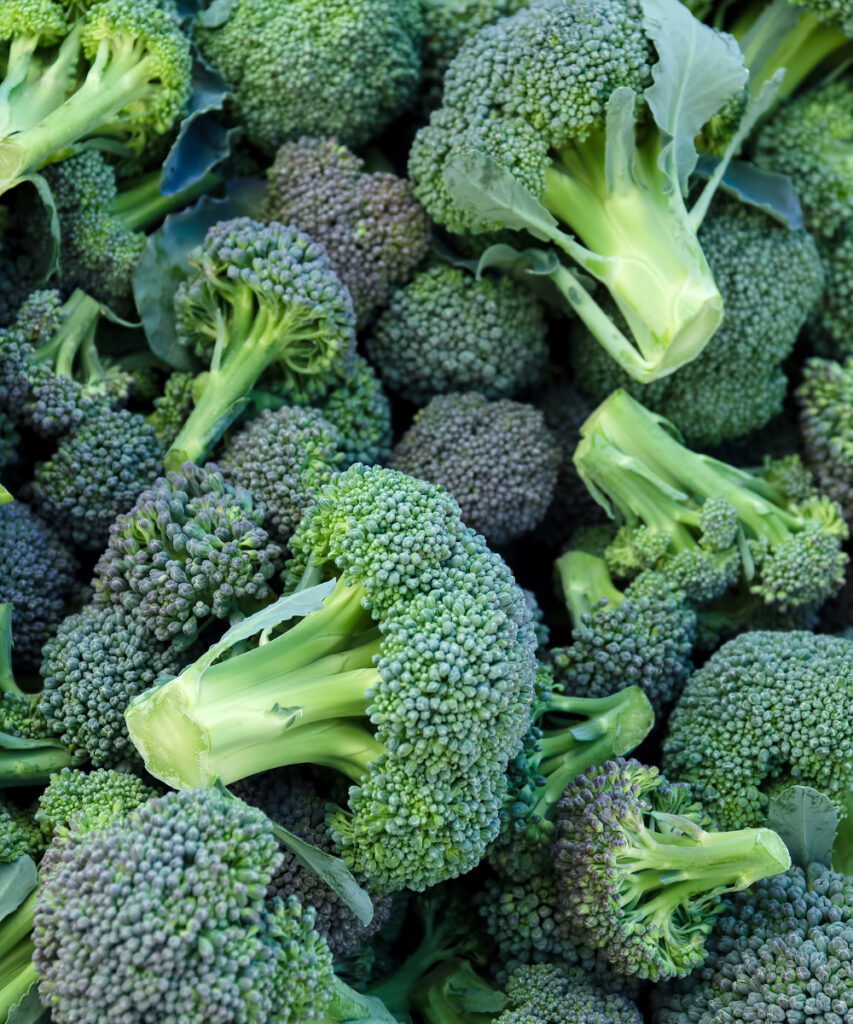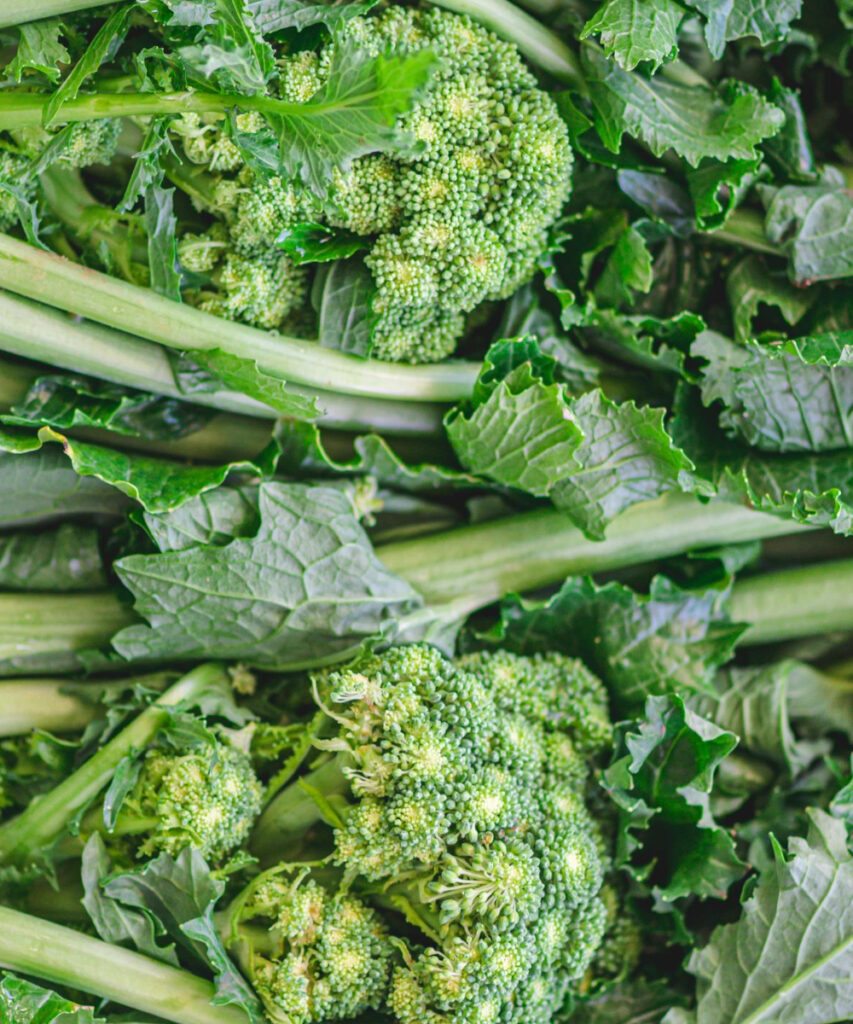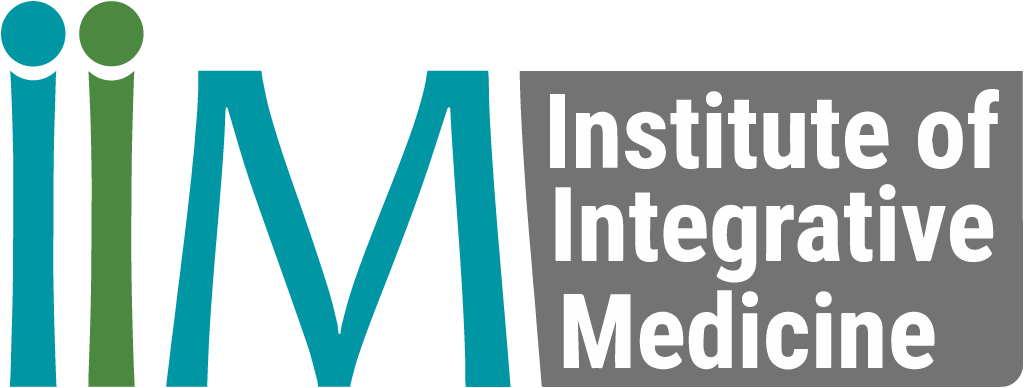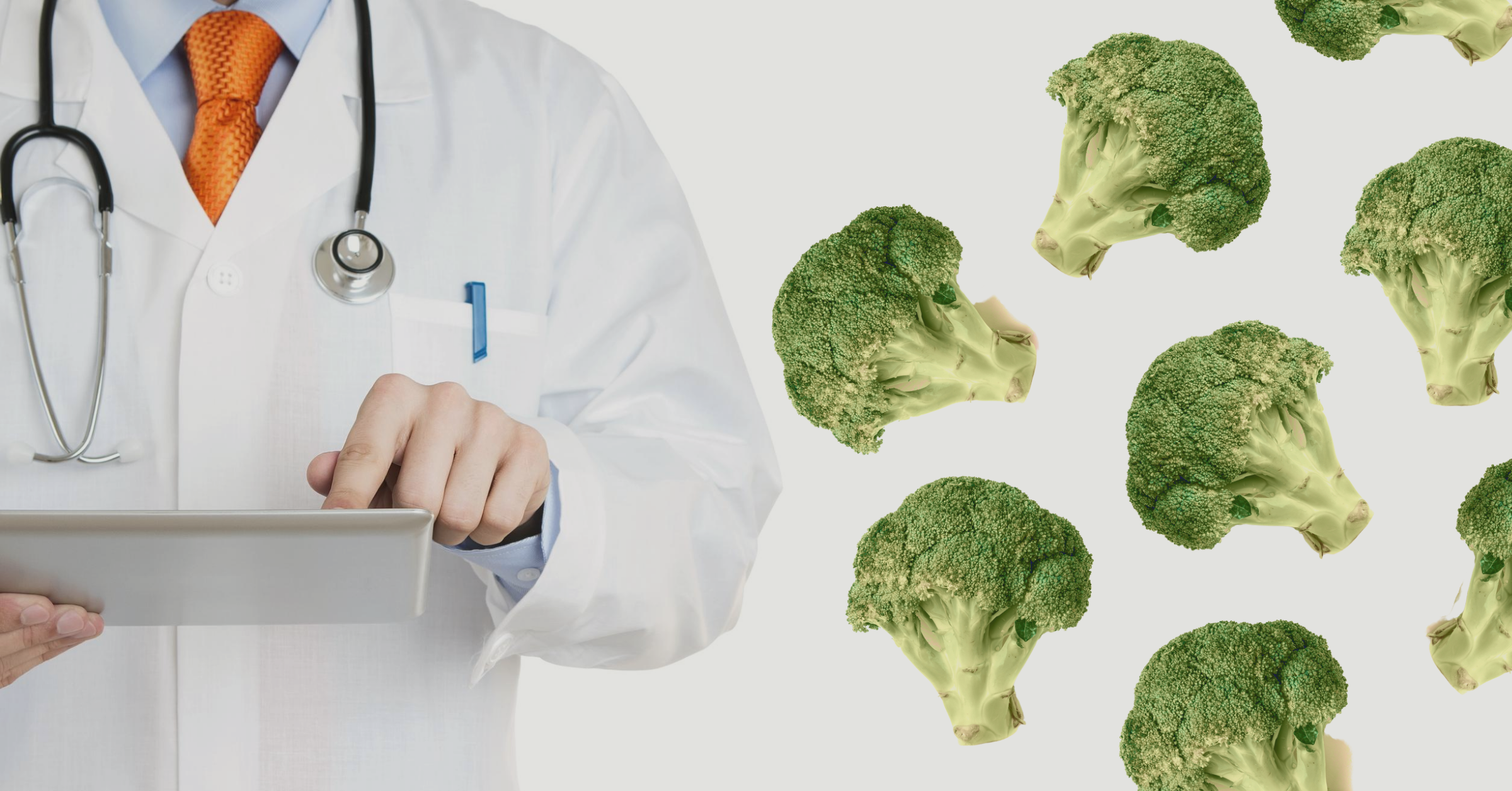Nutritional Strategies for Combating Chronic Disease: The Power of Sulforaphane
Given the concerning WHO data on NCD prevalence, prioritising dietary education for patients becomes essential. Understanding the link between specific dietary components and health benefits empowers informed decision-making. Sulforaphane, found abundantly in cruciferous vegetables, exemplifies this connection with its anti-cancer, anti-diabetic, anti-inflammatory, and cardioprotective properties. Encouraging patients to incorporate cruciferous vegetables offers a practical, evidence-based strategy to promote long-term health.
The Global Burden of Chronic Disease
Chronic, non-communicable diseases (NCDs) are a growing threat to global health. As reported by the World Health Organization (WHO) in May 2023, NCDs – including cardiovascular disease, diabetes, cancer, and respiratory illnesses – account for roughly 75% of all yearly deaths. The WHO predicts a significant rise to 86% of all deaths caused by NCDs by the year 2050, highlighting the urgency of preventive measures. This trend is driven by factors like population growth, lifestyle changes, and ageing populations. The WHO emphasises the need for government intervention through policy changes, public health investments, and promoting preventive strategies.
Nutrition: A Powerful Preventive Tool
Diet plays a crucial role in chronic disease prevention. The food we choose directly impacts our body’s function. Imagine your body as a car – feeding it nutrient-poor food is akin to using low-grade fuel. Optimal performance requires optimal fuel.
A balanced diet provides essential cofactors and compounds for vital bodily functions. For example, vitamin B3 (niacin) converts to NAD+, a coenzyme crucial for over 400 enzymes. A deficiency can have serious health consequences. Foods rich in niacin include:
- Fish
- Brown rice
- Nuts
- Legumes
- Bananas
Cruciferous Vegetables and the Sulforaphane Advantage
Broccoli, a member of the Brassicaceae (Cruciferae) family, offers a wealth of health benefits. Rich in glucosinolates, these vegetables can produce beneficial isothiocyanates when chopped or chewed, thanks to the enzyme myrosinase. These compounds are under investigation for their properties including:

- Anti-cancer
- Anti-diabetic
- Anti-inflammatory
- Neuroprotective properties
One key isothiocyanate in broccoli is sulforaphane (SFN). Studies suggest its ability to inhibit tumour growth and trigger apoptosis (programmed cell death) in cancer cells, potentially reducing tumour size and improving survival rates (animal models). One of the mechanisms behind these benefits is the activation of the nuclear factor erythroid 2-related factor 2 (Nrf2), a transcription factor that regulates cellular oxidative stress and inflammation. Nrf2 activates beneficial detoxification enzymes and suppresses the pro-inflammatory NF-κB pathway. To learn more about sulforaphane and the related health benefits, take a look at our module on Cancer in the IHP Program.
Nrf2 Activation and Enhanced Antioxidant Defense

SFN acts as a potent inducer of Nrf2. Activated Nrf2 translocates to the nucleus and binds to antioxidant response elements (AREs) in the promoter regions of target genes, upregulating the expression of various antioxidant and detoxification enzymes. This includes:
- NAD(P)H quinone oxidoreductase 1 (NQO1): NQO1 detoxifies quinones, preventing their redox cycling and the generation of reactive oxygen species (ROS).
- Catalase: This enzyme directly decomposes hydrogen peroxide (H2O2) into water and oxygen, mitigating oxidative stress.
- Glutamate-cysteine ligase (GCL): The rate-limiting enzyme in glutathione (GSH) synthesis, GCL plays a pivotal role in cellular detoxification.
- Glutathione S-transferases (GSTs): This enzyme family conjugates GSH with various xenobiotics (foreign compounds) to facilitate their excretion.
- UDP-glucuronosyltransferases (UGTs): UGTs catalyse the glucuronidation of toxins, rendering them more water-soluble for elimination.
- Epoxide hydrolase: This enzyme converts potentially harmful epoxides, a type of reactive metabolite, into less toxic diols.
- Superoxide dismutase (SOD): SODs are a group of enzymes that directly neutralise superoxide radicals, a potent class of ROS.
By inducing these detoxifying enzymes, sulforaphane bolsters the body’s inherent antioxidant defences and enhances its capacity to neutralise ROS and eliminate xenobiotics.
Sulforaphane and Weight Management
SFN may also play a role in weight management by increasing fat breakdown (lipolysis) and reducing fat cell (adipocyte) differentiation. This effect is linked to decreased expression of PPAR gamma and C/EBP alpha, transcription factors that control fat storage. Additional anti-obesity benefits of SFN include:
- AMPK activation and increased fatty acid oxidation
- Enhanced glucose uptake
- Decreased oxidative stress

Sources of Sulforaphane
- Broccoli
- Broccoli sprouts
- Cauliflower
- Kale
- Mustard
- Rocket
Maximising Sulforaphane Intake
Sulforaphane forms only after cruciferous vegetables are damaged (cutting, chopping, chewing). Myrosinase, the converting enzyme, is activated by this damage. Cooking can deactivate myrosinase, hindering the conversion and reducing health benefits. For optimal sulforaphane intake, consider steaming your cruciferous vegetables or consuming them raw. Something as simple as a broccoli-cauliflower salad may be all you need to take advantage of these benefits.
Conclusion
After quitting smoking and reducing alcohol consumption, proper nutrition is one of the most critical factors in preventing chronic NCDs. Given the alarming WHO statistics, we must prioritise education and awareness about preventive measures, including dietary strategies. Understanding the science behind why certain foods benefit us empowers us to make informed choices for a healthier future. Sulforaphane, with its potent anti-cancer, anti-diabetic, anti-inflammatory and cardioprotective properties, is a powerful example of how dietary choices can significantly impact our health. By incorporating cruciferous vegetables into our daily diet, we can take a proactive step towards a healthier future.
How do I Become a Functional Medicine Practitioner to learn more about Nutritional Strategies for Chronic Disease?

The Institute of Integrative Medicine is a global leader in the field of Integrative Medicine Education. Integrative medicine aims to be at the forefront of modern technology and new discoveries and focuses on the root cause of disease. Chronic diseases are a major global burden, but what we eat can be a powerful weapon in our fight against them. Sulforaphane, a compound found in cruciferous vegetables, is a great example. By understanding how these plant chemicals can benefit our health, we gain the knowledge and empowerment to make informed choices about what we put on our plates. This, in turn, paves the way for a journey towards optimal health. We offer certified online courses helping you to take charge of your practice and improve the quality of life for your patients. Find out more about the courses we offer today!

